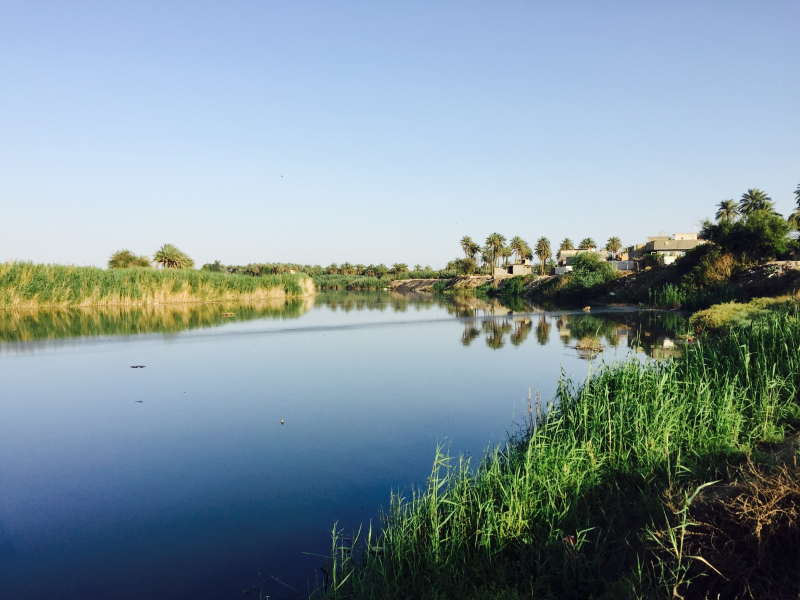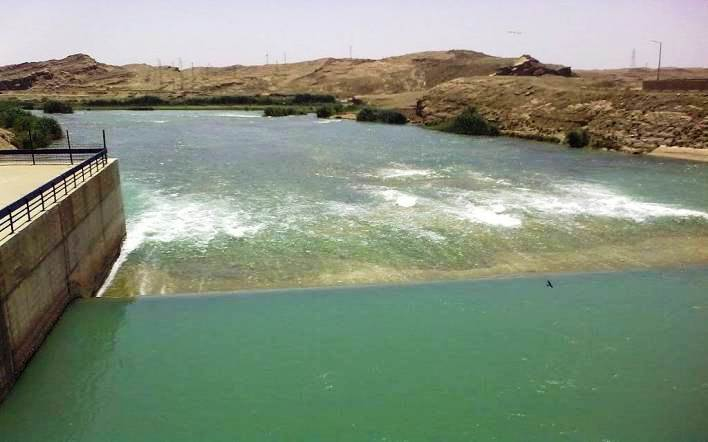Diyala

The Diyala River is a tributary of the Tigris River. It is generated by the confluence of the Sirwan and Tanjaro rivers in the Darbandikhan Dam in Northern Iraq's Sulaymaniyah Governorate. It travels a total of 445 kilometers (277 mi). It rises near Hamadan in Iran's Zagros Mountains. It then falls into the highlands, forming the boundary between the two nations for 32 kilometers. It eventually empties into the Tigris River, which flows beneath Baghdad. The higher portions of the Diyala are impassable due to tight defiles, but the river's basin serves as a major commercial route between Iran and Iraq. The Hamrin Mountains are to the southwest of the river's course.
The river is described in Herodotus' Histories under the name Gyndes, and it is said that King Cyrus the Great dispersed it by excavating 360 channels as punishment for the death of a holy white horse there. After the channels vanished beneath the sand, the river reverted to its original dimensions. The Battle of Diyala River took place in 693 BC between Assyrian armies and the Elamites in southern Iran. The British Empire conquered the Ottoman Empire at the confluence of the Tigris and Euphrates rivers in March 1917, resulting in the Fall of Baghdad as part of World War I's Mesopotamian Campaign.
Total Length: 277 miles









